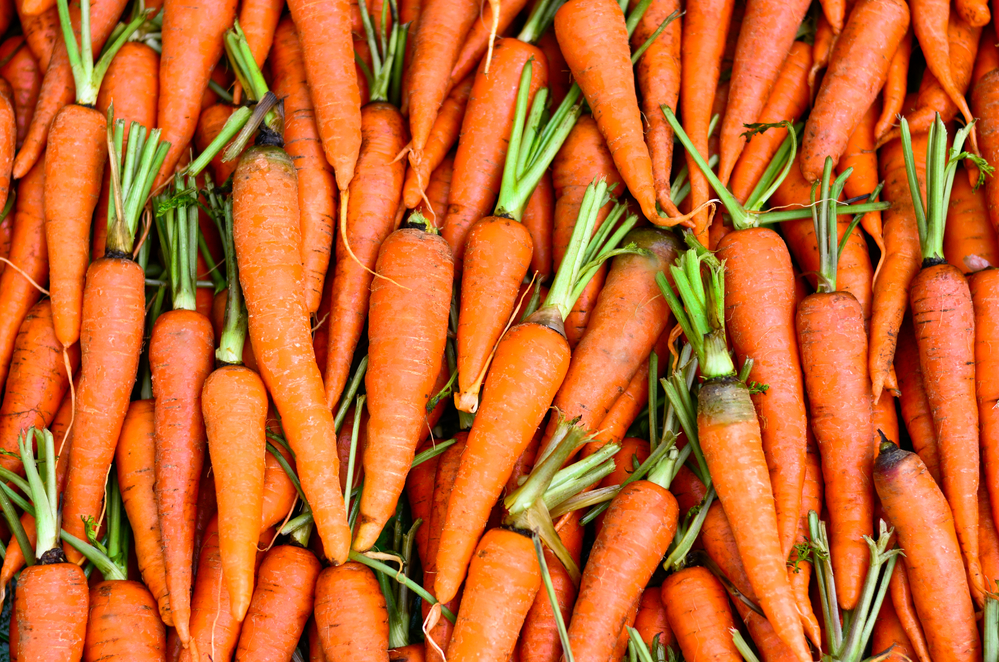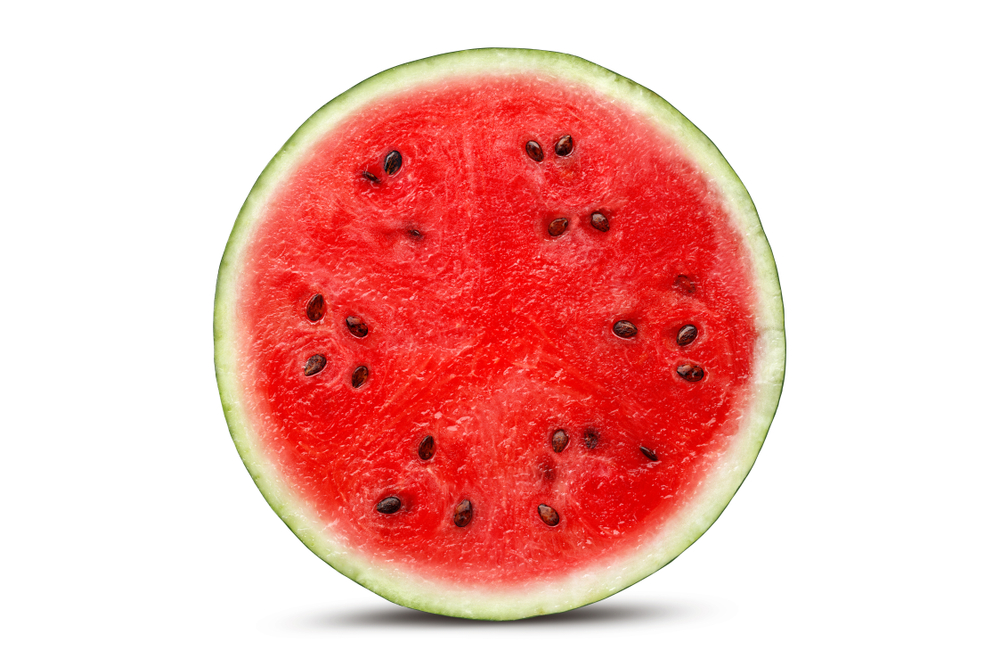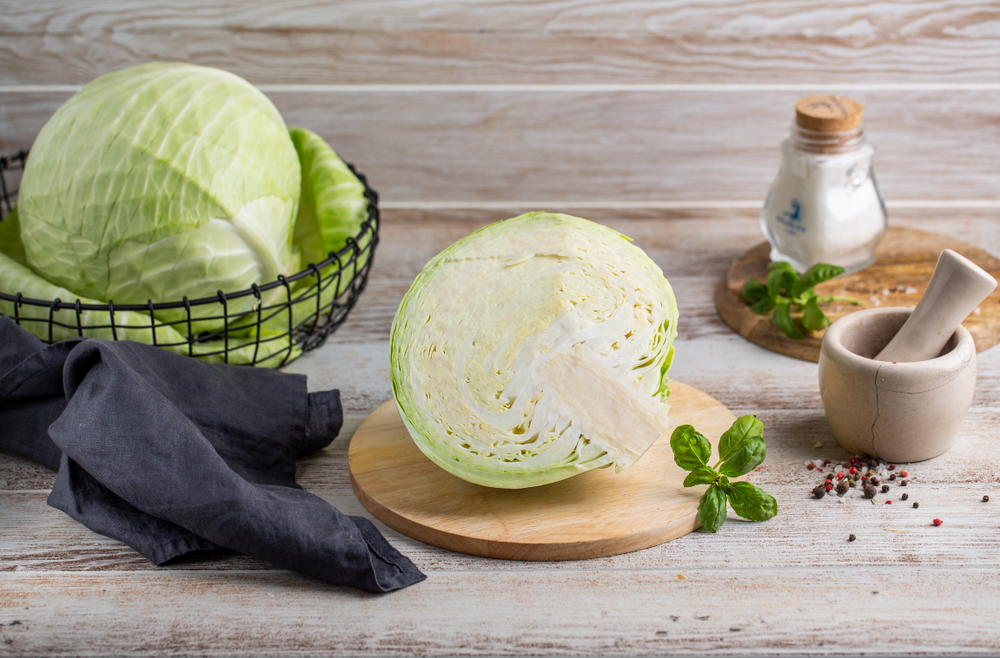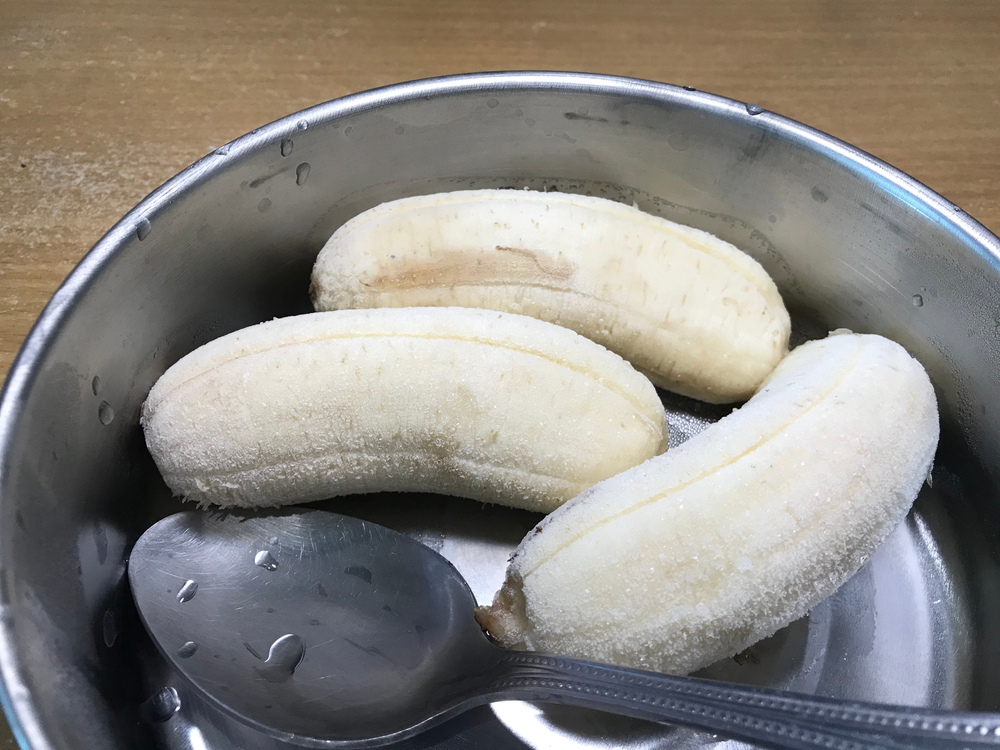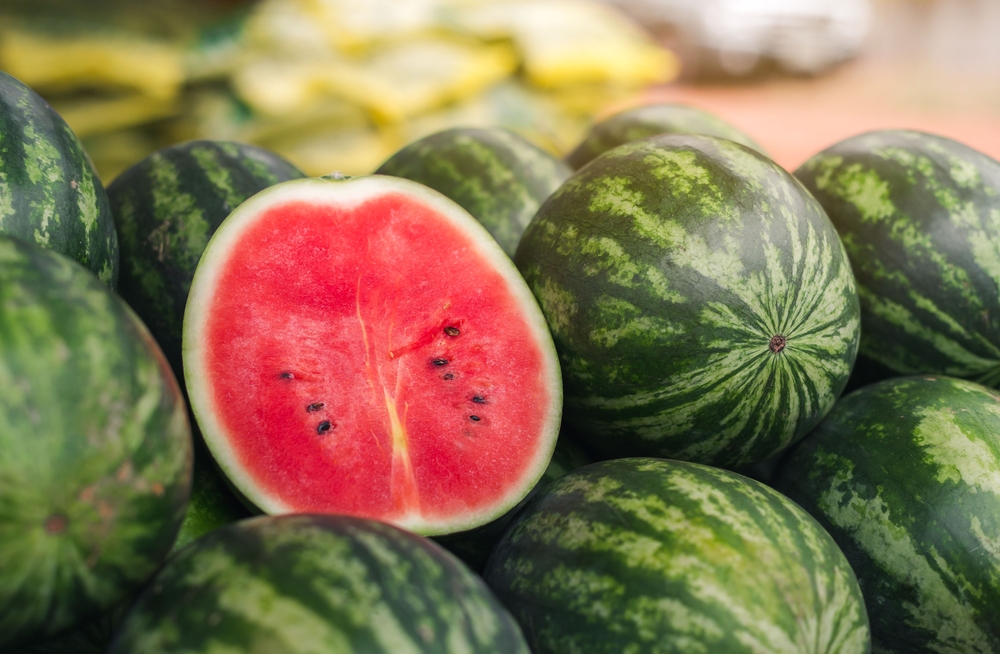Man made vegetables are classified as vegetables that have been selectively cross-bred in laboratories to form an entirely new plant. This could be done for a variety of reasons; including that they’re easy to take care of, healthier, and more resistant to disease.
Man made vegetables are more common than you may think. With the use of selective breeding, many popular fruits and veggies have been created that are both healthy and delicious.
Some man made vegetables that you may have previously thought are natural include: carrots, cabbage, broccoli, bananas, watermelon, apples, peanuts, eggplants, oranges, tomatoes, cauliflower, and more.
What are Man-Made Vegetables?
Man-made vegetables are typically a hybrid of two plants that were selected to be cross-bred. The result is a new plant that shares some traits with its parents, but also takes on other, more desirable traits such as being stronger and less likely to suffer damage from environmental factors.
These plants didn’t happen overnight, though, and are a result of careful, selective cross-breeding between multiple other plants. One plant is cross-bred with one of its relatives to produce a more delectable fruit or veggie. This can be a process that may not be complete for hundreds of years, and the result is common healthy veggies that we eat today.
Man-made, or hybrid, plants also don’t need pest control or fertilizer. In addition, they can be helpful to the soil, as they act as a catalyst for transferring more nutrients to other plants. They are often low-maintenance and have lower soil erosion.
What’s the Difference Between Man-Made and GMO Vegetables?

Although man-made plants aren’t exactly natural, there is a big difference between plants that are man-made and plants that have GMOs added to them. Man-made plants are the result of careful reproduction between two plants. While the two plants may not have originally gone together in nature, the reproduction process is still the same as it would be with two plants of the same kind.
Vegetables that have GMOs, or Genetically Modified Organisms, added to them, are the opposite of natural. They are created using advanced science to add ingredients that would never occur in nature.
GMOs could be used for various reasons, such as reducing the need for pesticides, help with controlling weeds, and prevent the plants from being damaged by the climate. Man-made vegetables serve similar purposes that GMO ones do, one is just natural and the other is entirely artificial (and on the unhealthy side for humans and the environment).
What are the Pros and Cons of Eating Man-Made Veggies?
Pros
The main reason that plants are cross-bred is so that they can express more of ideal traits. Some of the traits that man-made fruits and veggies have include growing faster and having a better flavor.
They also often contain more nutrients than veggies that are not hybrids. The man-made plants are more productive, meaning they can utilize the soil to a further extent than completely naturally occurring plants. Man-made veggies have a higher nutrient concentration.

Cons
Hybrid plants can sometimes be more expensive to buy than other plants. Some man-made veggies, like strawberry tomatoes, are spiking in popularity recently, making them pricier than the regular version.
There hasn’t been much research done on the full potential that these plants have, including what conditions help them thrive. What we do know is that they are extremely efficient in soil, absorbing more nutrients than other plants, so they are not necessarily unhealthy.
What are Examples of Man-Made Vegetables and Fruits?
1. Carrots
The origin of the discovery of carrots goes back over 1,000 years ago, in the Middle East. Originally, carrots did not have their flashy orange color that we know them to have. Instead, they were much thinner in appearance and white or purple in color.
In fact, many colors of carrots have been created over time by farmers, both intentionally and unintentionally. The orange color that we know carrots to have today comes from beta carotene, which also gives carrots vitamin A. Beta carotene is not present in any other vegetables except pumpkins.
2. Cabbage
Cabbage as we know it was derived from the wild mustard plant over 2,500 years ago. The Romans and Greeks were the first to create modern-day cabbage, making it one of the oldest man-made vegetables in the Western world.
After the creation of modern cabbage, other plants were created from it, and cabbage has its own bloodline. Some veggies that were made with the help of man-made cabbage include cale, broccoli, and brussels sprouts.

3. Broccoli
As mentioned, broccoli comes from the Brassica, or cabbage, family. Like much of the rest of the Brassica family, broccoli is a result of selective cross-breeding. The broccoli that we are familiar with today has been around since the Roman Empire, shortly after cabbage was created.
4. Bananas
Bananas are a cross of two fruits that are somewhat similar in appearance; the Musa acuminata and the Musa balbisiana. Both of these plants are not very edible on their own. One had far too many seeds, but a sweet flavor, and the other was seedless but too small and tough to eat.
These two fruits were combined, as one had a desirable flavor and the other had no seeds. Their combination formed the modern-day banana, which is much easier to consume than either of its parents.
5. Watermelon
The first watermelons came about in deserts in Africa. Paintings of watermelon have been found in Egyptian tombs that are over 4,000 years old. Over two centuries, its cultivation spread across the world, making its way to Europe and North America.
As time went on, many varieties of watermelon were formed. Nowadays, there are over 1,200, which vary in their size, flavor, shape, and textures. Although, the most popular is the big red one with a green and white exterior. The ancestors of modern day watermelon were pale, had many more seeds, and their interior wasn’t red.
6. Eggplants
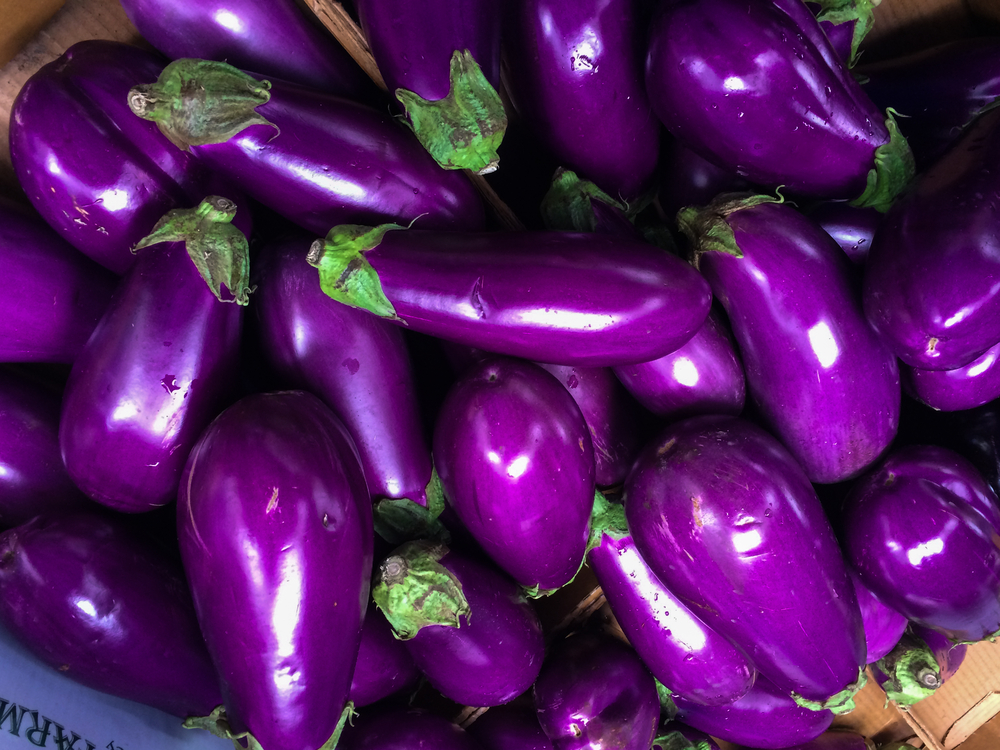
The very first eggplants looked like eggs in their appearance, which is where their name comes from. They were white and round, but have been selectively bred over years to get their signature dark purple color. The earlier shades of eggplant ranged from yellow to other hues of purple.
7. Apples
In terms of their appearance, apples aren’t too drastically different from their ancestors. Every type of apple has originated from one though, called the Malus sieversii. Today, there are over 7,500 varieties of apples.
You’re likely familiar with at least a couple of different types of apple. Because they are so widespread, and easy to manipulate, different areas of the world will offer you apples that are different in flavor, size, and color, from the apples we know in the Western world.
8. Oranges
The classic orange that we know and love today is a result of crossing a mandarin and a pomelo. This was first done in Southern China and later was spread across the world by traders.
9. Tomatoes
The earliest tomato goes back to 700 A.D. produced by early Aztecs. The ancestor of the modern-day tomato is the Lycopersicon esculentum. From Spain’s native land, the tomatoes made their way to what we now know as New Spain.
From there, tomatoes kept growing in popularity and eventually got to Italy. This is a big reason for tomatoes being such a staple in Italian cuisine.

10. Peanuts
Peanuts, as we know them, are a result of crossbreeding a Bolivian plant called Arachis ipaensis and the Arachis duranensis, which comes from the Andean Valleys. They cross-pollinated, but were initially located very far away from each other.
This happened because 10,000 years ago, people brought the Arachis duranensis from the Andean Valleys when they moved to South America. During this time, the two plants became close in location and managed to cross-breed.
11. Cauliflower
Like broccoli, cauliflower is also a result of being selectively bred by cabbage. The flowery tops of cauliflower and broccoli come from cabbage plants that were bred for their tops. Meaning, instead of using the head of cabbage for its shape or size, only the above-ground part of the plant was used.
12. Grapefruit
The history of grapefruit goes back as far as 1693, when a plantation owner in the West Indies called Captain Shaddock decided to crossbreed pomelos and oranges. In 1750, grapefruits were found in Europe but were called “forbidden fruit” at the time.
They didn’t receive their name until 1814, when a Jamaican planter named John Lunan decided that the name was fitting.
13. Strawberries

The development of strawberry hybrids by scientists can be traced back to the 13th century, but they weren’t the kind of strawberries that we are familiar with today. Modern-day strawberries weren’t perfectly created until the 18th century in France.
Antoine Nicolas, a French botanist, has the title of being the man who created the first strawberry. He did so on July 6th, 1974, by cross breeding a male Fragaria moschata and a female Fragaria chiloensis.
14. Tangerine
Interestingly, tangerines are in fact not a hybrid made with oranges. Instead, they were created by farmers who bred different types of mandarins. To be considered a type of orange, the fruit’s history must be traced back to mandarins as well as pomelos. While tangerines were being developed, the pomelo was never a part of the process.
Are Man-Made Vegetables Good for You?
Man-made vegetables are better at absorbing the nutrients in soil. This means when you consume them, you’re likely getting more nutrients than you would get from a fruit or veggie that hasn’t been selectively bred.
They are also good for being grown with other plants that are not man-made, as they can transfer nutrients from the soil to their neighbors. The research on how man-made veggies can best thrive is still being conducted, but many researchers are in agreement that they provide sufficient nutritional value.



